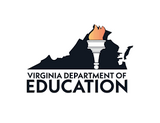
Students will use a folk song to explore improvisation using a variety of singing, body percussion, and musical instruments.
- Subject:
- Fine Arts
- Music
- Material Type:
- Activity/Lab
- Author:
- VDOE Fine Arts
- Date Added:
- 08/10/2022

Students will use a folk song to explore improvisation using a variety of singing, body percussion, and musical instruments.
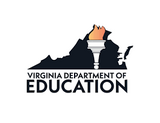
In this lesson, students respond to music in triple meter and discover facts about the famous Japanese film music composer, Joe Hisaishi. Literary connections and global music concepts are also explored through the picture book The Sound of Silence by Katrina Goldsaito.
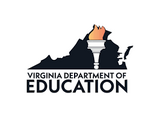
While being introduced to a variety of poets, students will be able to find personal connections with the works. These personal connections will be developed into narrative illustrations of their own life.
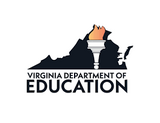
Students will learn a song about the seven simple machines. Students will collaborate to use three simple machines to create their own inventions. They will perform and demonstrate what their inventions will look like using body movements. Students will then have time to reflect on their inventions, how they can be used, and illustrate them on paper.
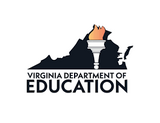
Students will create and perform scenes using tableaux in order to further understand acting techniques, physical techniques, character development, and theatrical direction.
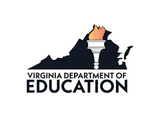
Students will learn or review the concept of tempo and the appropriate music terminology associated with it. They will show understanding by discussing tempo changes in music, moving their bodies to different tempos, and coding Ozobots to move at different tempos.
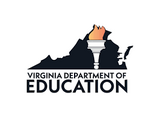
This unit of study allows for students to gain understanding and confidence in figure drawing over a series of 3 separate lessons that result in a collaborative mural. These lessons can be used to facilitate an assessment of student growth and skills development, while still encouraging expression through different types of art explorations and working both individually and collaboratively.
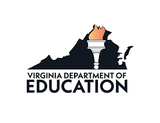
Instrumental students will learn strategies and skills to effectively perform with dynamic balance as an instrumental ensemble. Students will experience and execute various exercises to achieve balance as a trio, section, instrument family, and full ensemble.

Students will learn about artists who create assemblages using found objects. After learning about colors and spatial relationships in composition, students will create an assemblage using found household objects in the color of their choice.
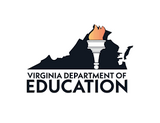
These dance activities are designed to increase student willingness to participate in dance and reduce their reluctance to dance. They are lead-up activities that can precede a dance unit, and can be used at the start of a new course.
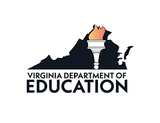
This plan will provide the instructor with an outline and resources to direct students through a variety of listening exercises. Students can use listening exercises to analyze music, identify important elements, and critique performances.
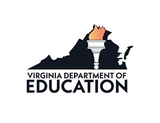
What would it be like living during the Harlem Renaissance? How would you feel if your family packed up and moved to another state? In this lesson students will discuss, visualize and create artwork inspired by the work of Jacob Lawrence and Romare Bearden.
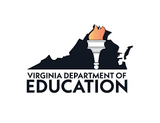
Students will explore both historical and contemporary purposes of masks in various cultures. Students will analyze visual principles and properties of masks construction. Students will communicate personal stories and identity through the creation of masks using contemporary materials.
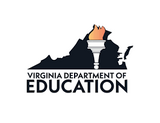
This plan provides teachers with the resources to guide students through the analysis of musical time periods which will provide insight into history with a lens through the fine arts. This analysis helps students make connections with contemporaries and world events, in turn, enabling students to perform music with greater depth and style.
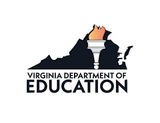
Students will learn about history and music history through listening, analyzing, and performing works in their instrumental class. Students will gain insight into history through a Fine Arts lens, enabling them to make connections with contemporaries and world events.
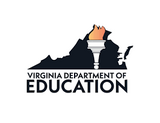
In this printmaking project inspired by the work of Virginia Beach native and artist, Ryan McGinness, students will learn about simplifying complex imagery into basic symbols and design a personalized symbol stamp. They will also get a glimpse of artists working together in a studio environment. Students will print their symbols on a collaborative work of art in addition to creating individual prints.
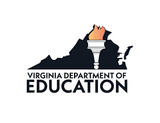
Students will use their creative writing power to explore what a composer/performer might have been trying to say or make their audience feel in a piece of music. Students will use creative writing prompts to explore musical elements, using appropriate music terminology.
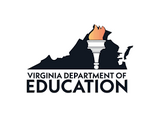
This plan will outline the process and resources needed to introduce and improve improvisation in an instrumental classroom. Improvisation is important for encouraging creativity and expression while providing a supportive environment that is free of judgment and criticism.
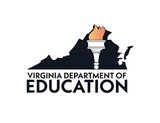
Students learn communication and collaboration skills for theatre with improvisation games. Once games are learned and practiced, improvisation teams are formed and opportunities are given for students to perform for a live audience.
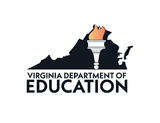
Students select an instrument and identify instrument’s origins, composers and musicians who feature this instrument, and styles of music where this instrument is featured. Students will also identify the parts and sound science of the instrument.